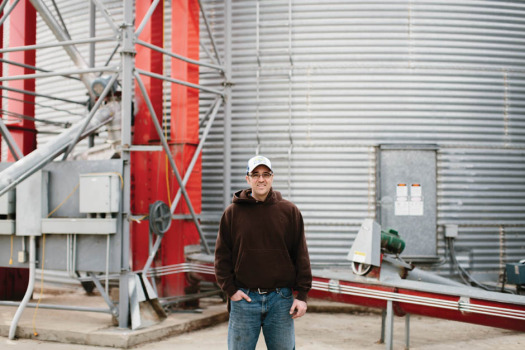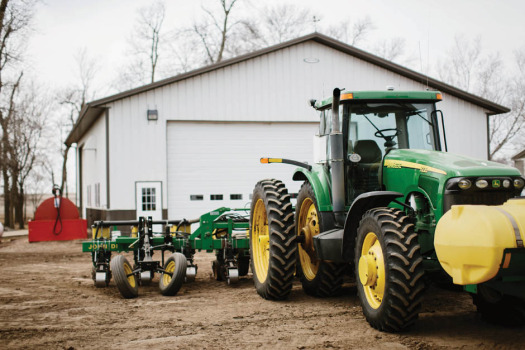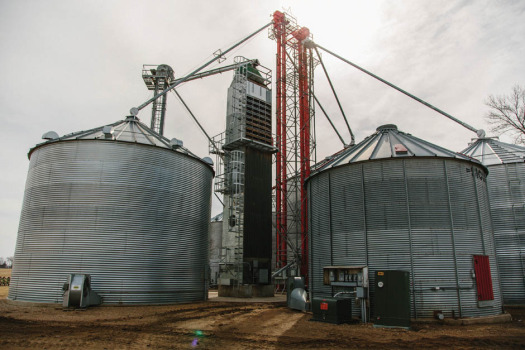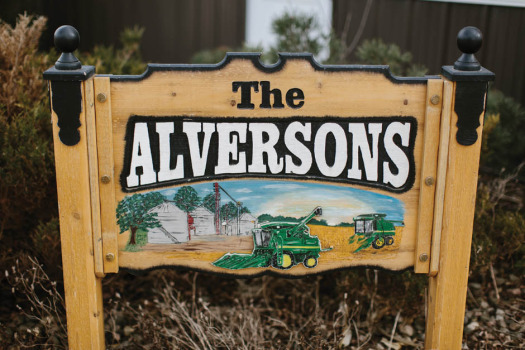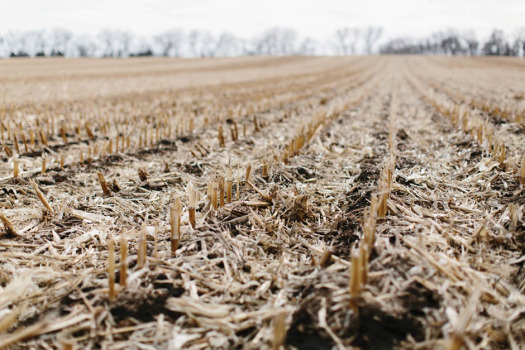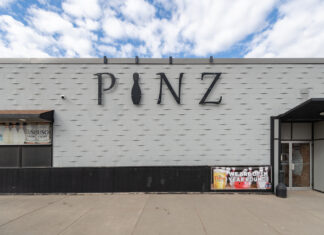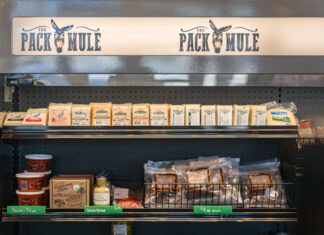By Denise DePaolo
Alverson Farm images by Michael Liedtke Photography
It’s hard to throw a rock in South Dakota without hitting a piece of land dedicated to growth. Fields of corn and soybeans, pastures dotted with cattle, barns, silos, and combines make up our rural landscape. Dirty pickup trucks and semis pulling livestock trailers share our roads. These are everyday sights whether we live in town or in the country. But just because we coexist with farmers doesn’t mean we necessarily understand how our food comes to appear on grocery store shelves. That is where initiatives like the South Dakota Soybean Research & Promotion Council’s Hungry for Truth and Ag United’s restaurant crawls come in.

“I think unfortunately, some people assume food just comes from the grocery store and they don’t think about the fact that it’s in our own state,” said Keith Alverson, who farms near Chester. “Within five minutes out of Sioux Falls, there’s farmers producing grain that goes into livestock production. It can be the beef or pork or poultry that’s on the grocery shelves. Or it can be the milk that’s in the carton. I think that it’s an important thing to know, especially that urban-rural relationship, knowing that we’re dependent on each other.”
Alverson serves as president of the South Dakota Corn Growers Association. He is the sixth generation of his family to farm in Lake County. In his lifetime, Keith has seen sweeping changes to the way crops are raised. In the 1980s, his father and uncle, whom he still works with, began a practice called ridge-till on their corn fields.
“One of the reasons they started doing that was because of the irrigation,” he explained. “When they started putting on irrigation water, they had issues with the water not infiltrating into the soil. They had water that would run off. With the ridges, we leave the corn residue out in the field and that helps the water infiltration and minimizes any loss as far as run off from the water and the soil.”
This increased awareness of land conservation and transparency with consumers are hallmarks of the new generation of farmers. They are excited about their work and want us to know it.

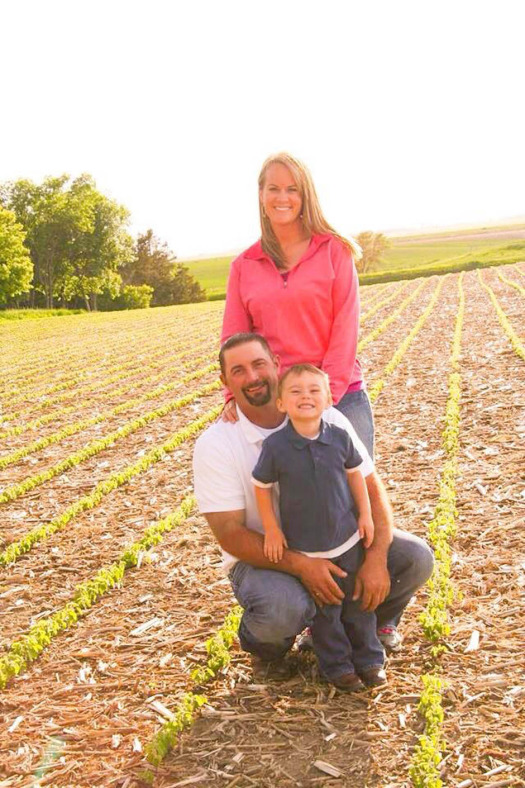
“We as farmers want to show what we do,” said John Horter, president of the South Dakota Soybean Association and committee member on Hungry for Truth. “Raising food is a good thing. We’re environmentalists. We want consumers to know their food comes from a good place and we have good intentions in mind as farmers. If they have questions about where their food comes from, they can ask us and get answers directly from the source.”
To read the full story, pick up the April issue of 605 Magazine or click here.



